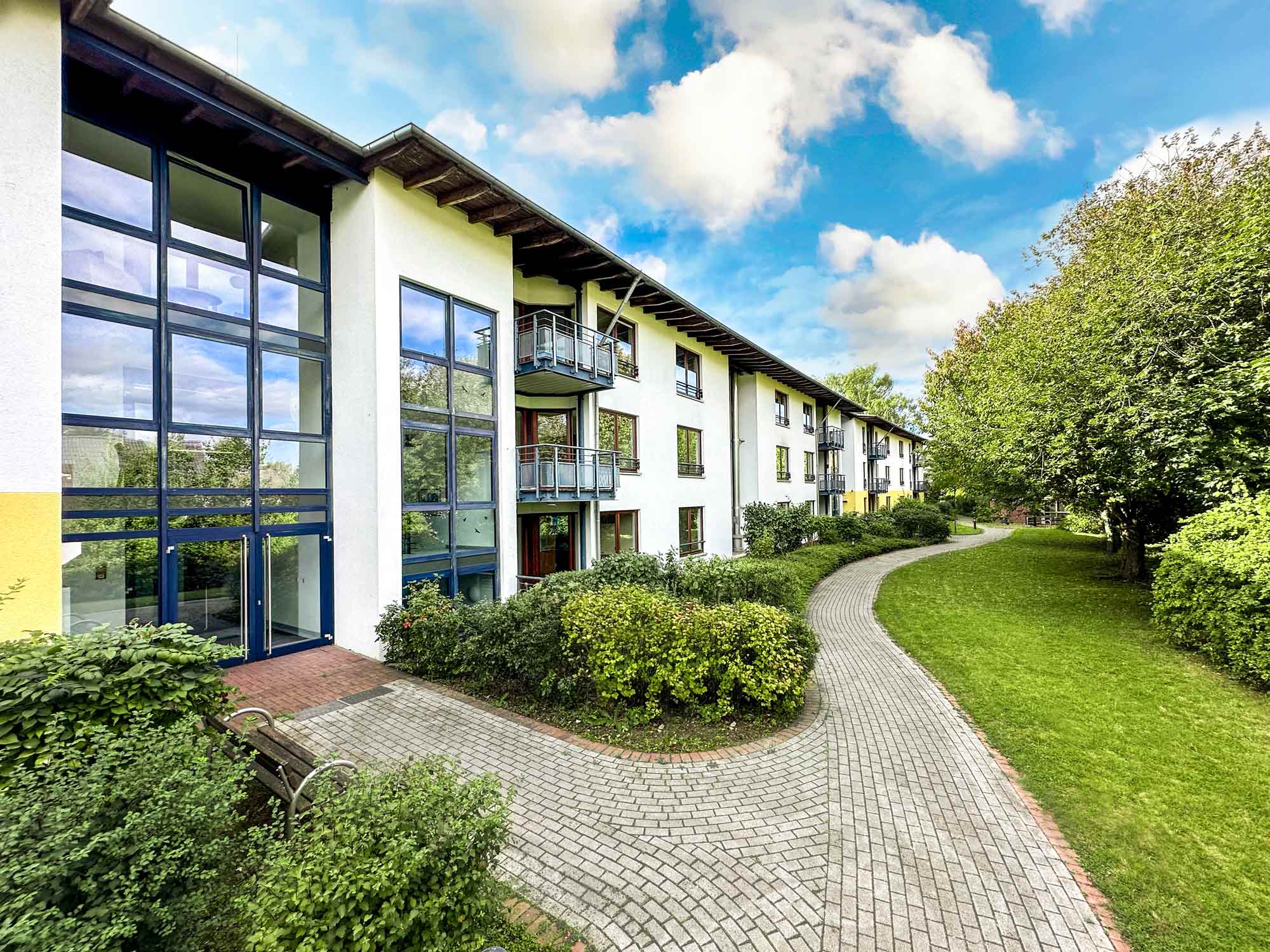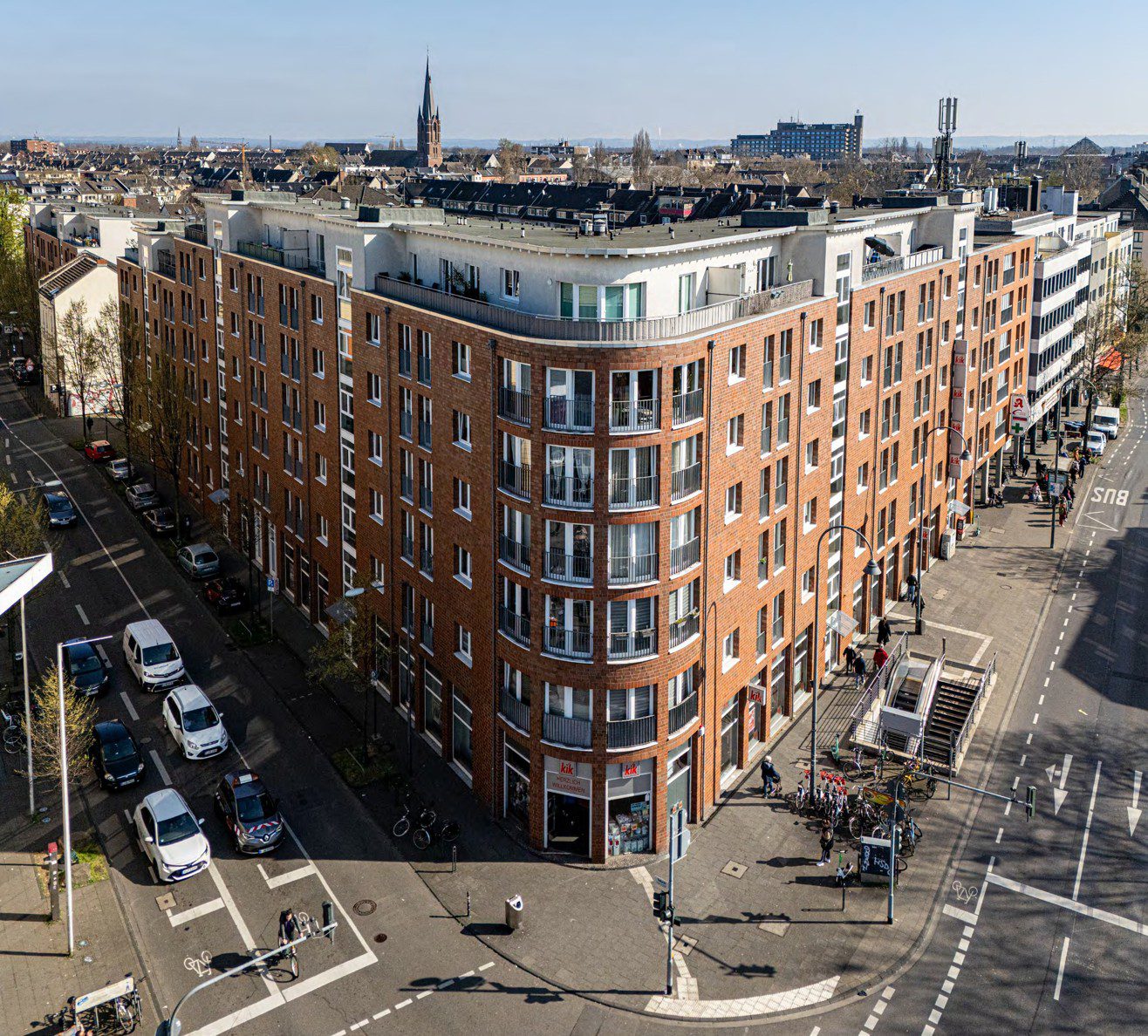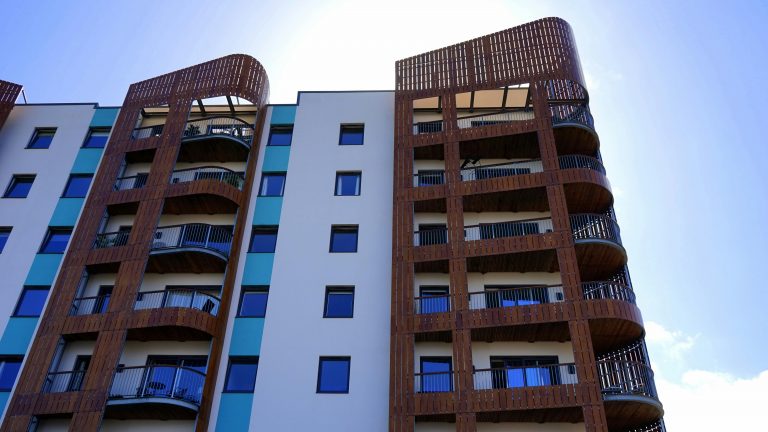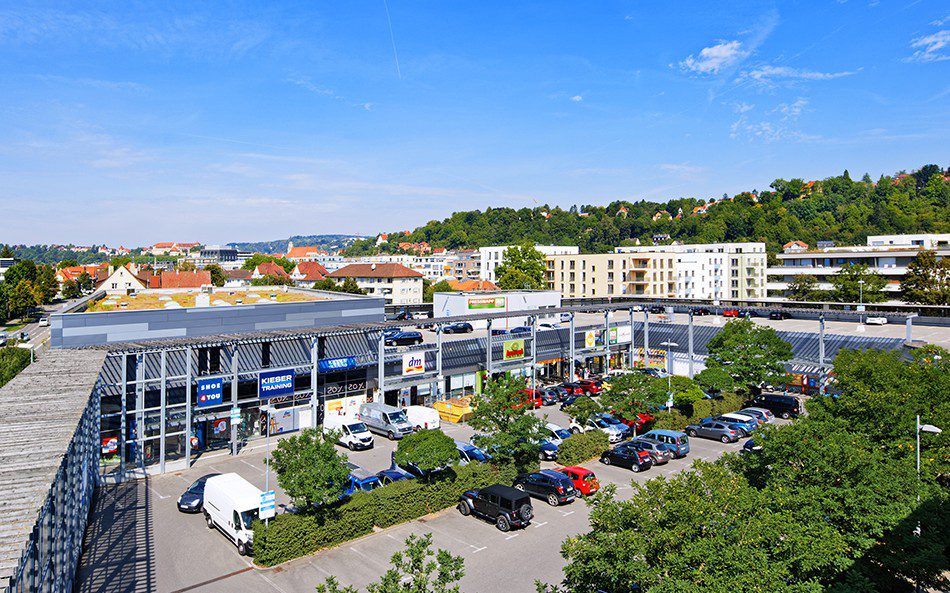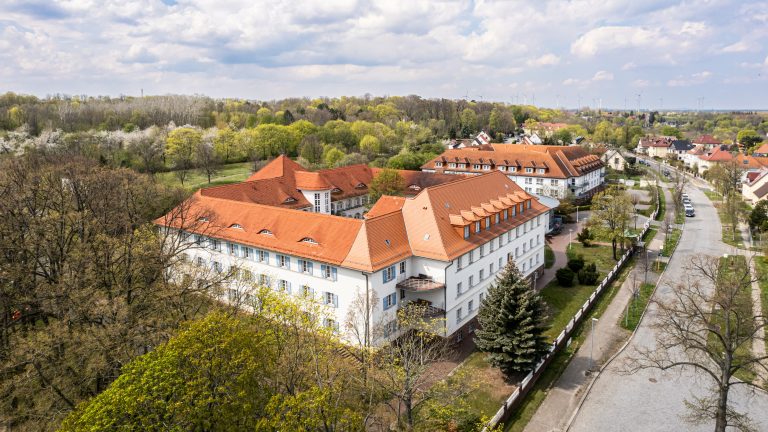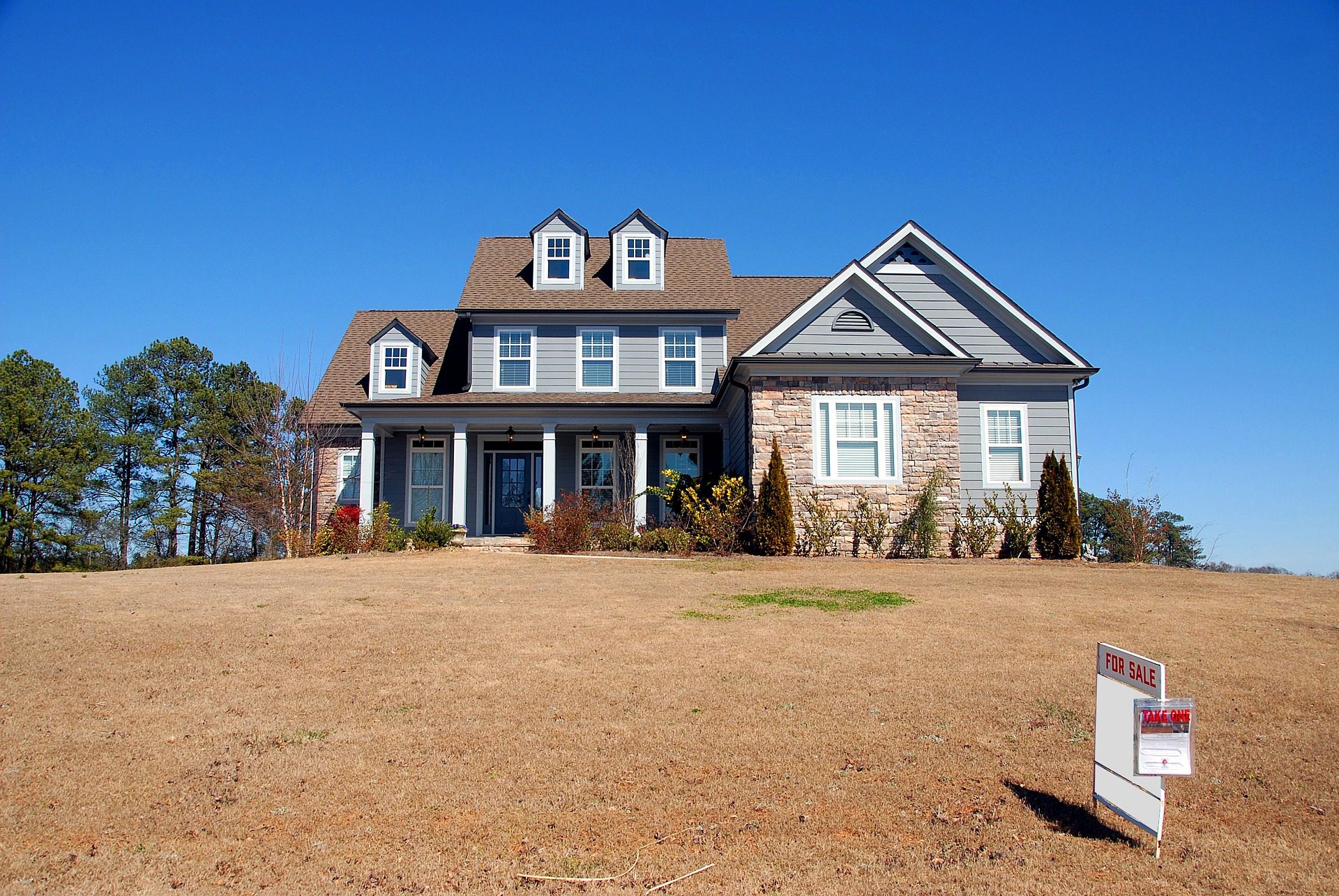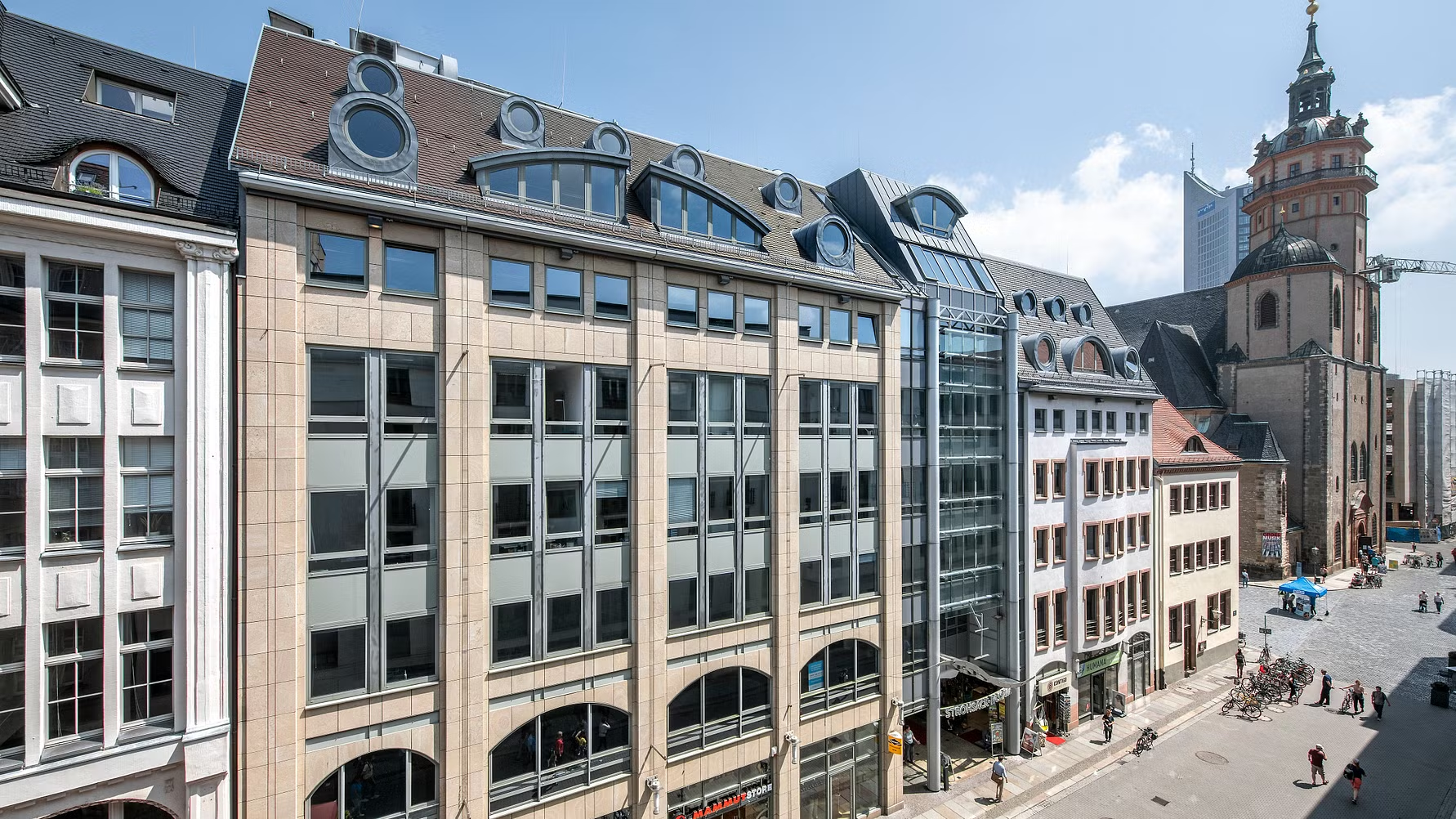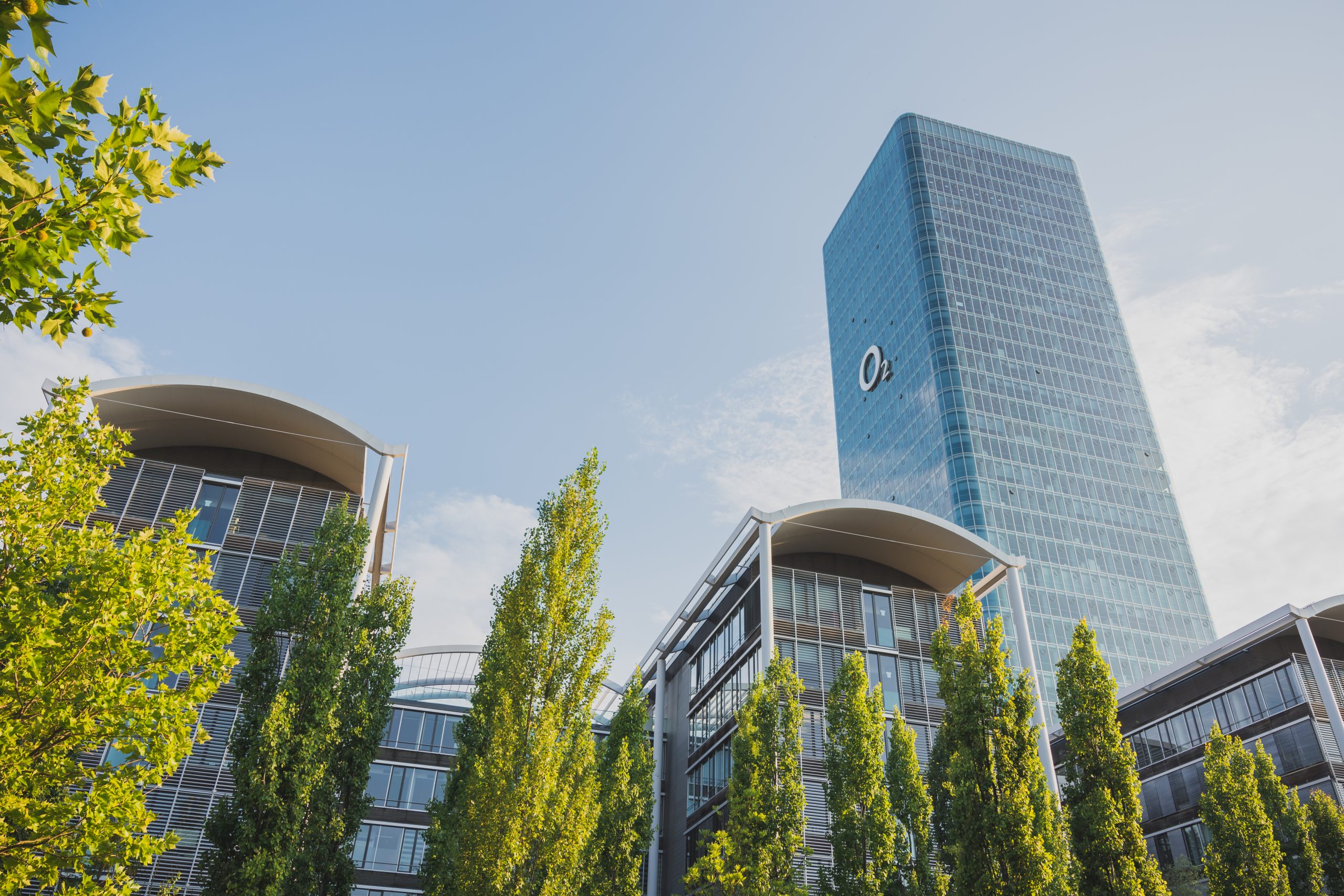In the first three quarters of 2025, retail real estate was traded for 3.8 billion euros in Germany, according to Colliers. As in the middle of the year, this corresponds to the figure from the same period last year. With a market share of around 22 percent, retail is the third most common type of commercial real estate and follows the office (24 percent) and logistics (23 percent) segments at a small distance.
Market revival is based on large-volume individual transactions
Nicole Römer, Head of Retail Germany at Colliers: “Looking at the quarterly results, we see a noticeable market revival in the last three months compared to the first half of the year. After two quarters with the same number of deals, the number of transactions increased by 45 percent in the third quarter. In addition, the transaction volume between July and September of 1.3 billion euros was only just short of the previous quarter’s figure, even without the one-off effect of a strategic company takeover.” In the second quarter, more than half of the volume was accounted for by the transfer of over 120 Porta furniture stores to XXXLutz, which is the largest retail transaction of the year so far.
Römer continues: “Instead, we are observing increasing interest in inner-city properties, in prominent locations. This development could also point the way forward for the following months, as increasing refinancing pressure on the seller side and the perception of favourable market opportunities on the buyer side increasingly lead to deals. In addition to domestic private investors with strong equity capital, foreign investors in particular are recognizing the opportunity. In the case of retail investment, the share of foreign capital is significantly higher at 56 percent, compared to the average for all commercial properties. The comparative value here is 44 percent.”
Three major inner-city deals registered in the third quarter
With the “Gropius Passagen” shopping centre in Berlin, the former Karstadt department store “Alsterhaus” in Hamburg and the “Sporthaus Schuster” in the city of Munich, three of the four large-volume single-property transactions in the range of between 100 and 250 million euros registered since the beginning of the year were in the third quarter. The fourth property, the Designer Outlet Berlin in Wustermark, was sold in the first quarter.
In view of the above-mentioned transactions, there were noticeable shifts in the distribution of investment volumes among the three major retail business types. Shopping centers increased their market share from 13 to 20 percent within three months, inner-city commercial buildings, which also include large-scale department stores, from 12 to 21 percent. Despite relative declines in share, market activity continues to be dominated by the specialist retail segment, which has a market share of 59 percent in the period from January to September. Apart from the aforementioned Porta takeover, food-anchored specialist stores and retail parks still accounted for around half of the retail store-related transaction volume. In terms of the number of purchase cases, the proportion is around three quarters.
“Small-scale trade with local suppliers will continue to be a central pillar of transaction activity for the time being. Since the turn of the year, retail companies have been selling parts of their branch portfolios again and again in order to raise capital for future-oriented expansions. The numerous parcel sales by Aldi Nord are just one example. On the investor side, the focus is primarily on buying opportunities with value appreciation potential, while they are still cautious about investments in the core segment. At the same time, some retailers themselves are acting as the highest bidders in order to secure good locations for competitive reasons,” explains Römer.
Three buyer groups are responsible for 82 percent of the transaction volume
In line with the market developments shown, three groups of buyers divide the current investment volume among themselves to over 82 percent. Behind asset and fund managers (37 percent), corporates and owner-occupiers make up the second largest group of buyers (29 percent). Private investors with strong equity capital follow in third place with 16 percent. Institutional investors such as open-ended real estate and special funds, insurance companies and pension funds continue to make themselves scarce. On the seller side, corporates and owner-occupiers are in 1st place with 29 percent and asset and fund managers in 2nd place with 21 percent.
Prime yields remain stable
Despite the above-mentioned deals, the number of transactions of commercial buildings in 1a city centre locations and shopping centres in high-frequency locations remains low. In the prime locations of the seven major investment centers, Colliers expects gross initial yields in the range between 4.25 percent in Munich and 5.00 percent in Berlin, Düsseldorf and Cologne. Prime yields of shopping centers are to be set at around 6.70 percent.
In the retail park segment, the stabilisation of prime yields continues. Since the beginning of the year, they have remained unchanged at 5.70 percent gross for retail parks and 5.40 percent gross for specialty stores. A food anchor remains a central selling point and guarantor of value. Based on these peak values, the yield requirements increase significantly with increasing property size and decreasing food content.
Outlook: Annual financial statements at least achievable at previous year’s level
„In den kommenden Monaten sollte das Transaktionsvolumen von Einzelhandelsimmobilien mit einer allmählichen Belebung der Kaufaktivitäten von Einkaufszentren sowie großvolumigen innerstädtischen Einzelhandelsobjekten zunehmen. Auf das Gesamtjahr 2025 bezogen ist das Erreichen der 5-Milliarden-Euro-Marke aus dem Vorjahr realistisch“, prognostiziert Römer. „Die Pipeline der in Verhandlung befindlichen Objekte und Projekte, die zum Teil aus der Insolvenzmasse namhafter Bestandshalter und Projektentwickler stammen, ist gut gefüllt. Herausfordernd bleibt hingegen die Prognose von Marktgängigkeit und Abschlusszeitpunkt angesichts anhaltend zäher Kaufpreisverhandlungen. Außerhalb des Core-Segments limitieren hohe Preisabschläge weiterhin das Transaktionsvolumen. Die Verfügbarkeit und Kosten von Fremdfinanzierungen bleiben restriktiv. Erfreulich ist Umfragen zufolge die Aufhellung der Stimmung unter Händlern und Investoren in Bezug auf zukünftige Investitionen im Einzelhandelsbereich.“


